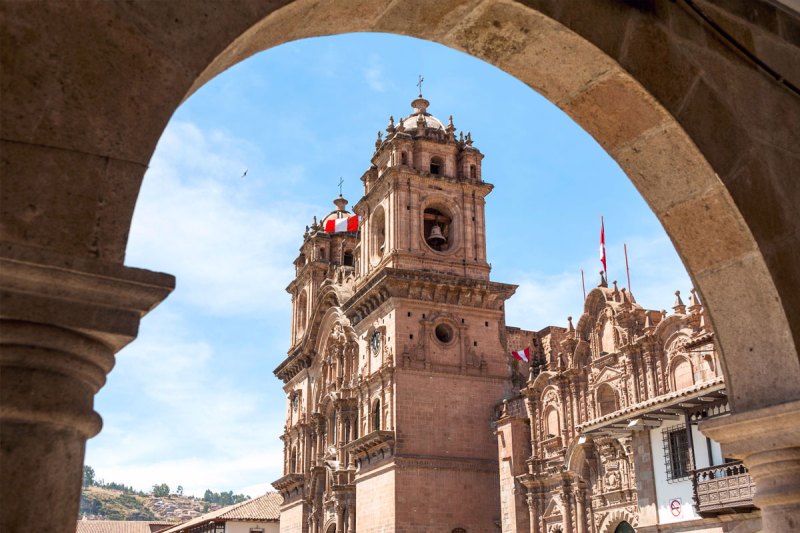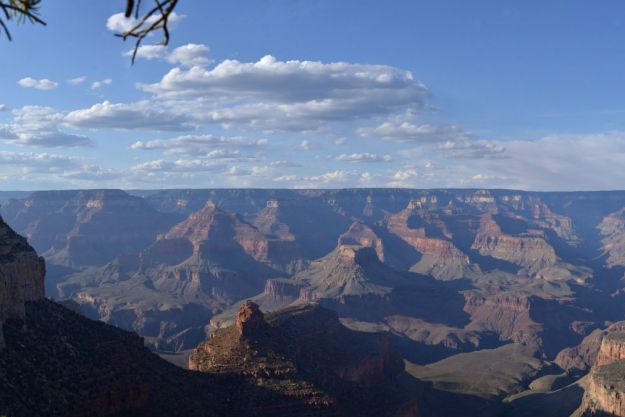
Set deep in the Peruvian Andes (an hour flight from Lima or 20 hours as the bus drives) and perched at a daunting 11,500 feet above sea level, it’s a small city filled with small cobble stone streets snaking up and down hills and Churrigueresque architecture infused indigenous Inca aesthetics. So close to the jungle, but cooled from it’s altitude and filled with the mystical scent of sweet, burning Andean cedar, there are no other towns quite like it in the world.
And despite being one of the most visited cities in South America, it’s actually one of the most skipped over. People stay a night in the hotel, go see Machu Picchu and leave. And that’s a shame because after living in Cusco for a while, I realized there’s so much more to experience here than the famed ruins, the best of which are detailed below. And if we’ve missed something you love about Cusco, by all means, comment.
PLAY
Saksayhuaman

It’s pronounced (Sexy woman) and are the remnants of what was once the monstrously huge Incan armory. Impossibly huge stones that have been outfitted together without mortar views of the entire city. Come if nothing more than to wander the series of famed zig zag walls and snap up that wide and high shot of Cusco, but it’s worth the tour to learn about the pivotal place this spot played during the takeover of the city below.
San Blas Plaza and vicinity

Visitors all too often miss this area because it’s quite a hike up some cobble stone streets to reach, but it just so happens to be one of the most beautiful areas of the city. It’s where the high end artisans and traveling waikeys (hippies) hang out and hock hand made goods, especially at the Saturday morning market. By night it’s where you can find the best bars are like the very chill Herba Buena with some killer Pisco and Km0, which has live music—reggae is huge in Cusco. We’d say avoid the scene down on in Plaza de Armas (the main square) unless you’re into fist pumping and still in college. Then by all means….
The mini Inka Trial
That’s our name actually. Ask for a taxi to take you about 7 miles outside of the city to Tambomachay (prices will vary but 30-50 soles is reasonable). Alternately, you can hop a local bus to Pisac (leave every half hour from Av. Tullumayo 207) and ask them to leave you at Tambomachay. It’s one road that declines, and you walk back passing through some of the least visited and still intriguing sights in the area— the Tambomachay ruins, Pucapucara ruins, Q’enco ruins. It leads you right up to Sacsayhuaman where you can walk back right in to Plaza de Armas. It’s nearly impossible to get lost, and if you tire, flag a taxi on the road to get back into town. It’s a full day’s hike and if you go on Sunday, you’ll be able to sample Pachamanca (meat cooked with hot stones in the ground) at some of the local restaurants along the way.
Quoricancha
The Inca believed this place to be the very center of the universe. It was the site of their holiest temple until the Spanish arrived, tore half of it down and erected a church on top of it. Nice. Tours are insightful and focus on Inca spirituality. An interesting fact we learned is that Inca constellations are comprised of the dark spots in the Milky Way rather than star clusters.
The Famed 12 Sided Stone
It takes 5 minutes to see on the way up to San Blas. It fits like a puzzle piece and was made without the use of metal. It represents the 12 main Inca palaces.
The Puma Hidden in Stone
Again – this takes 5 minutes to see and it’s around the corner from the 12 sided stone.
SHOP
San Pedro Market
Fruits, meats, restaurants, bread, textiles, local life—this place is like taking the entirety of Peru and condensing it under one roof. The restaurants are really for the locals (read: you will probably get gas or throw up) but you can drink the 2 dollar fruit smoothes. For lunch on the cheap, grab an avocado the size of your head for less than 50 cents, some bread for less than 10 cents, ask someone for a plastic knife and make some sammies.
EAT & DRINK
Unless you’ve been sleeping under a rock, you know that Peruvian cuisine has been on the up and up for the last few years. It’s a diverse range of food that spans from Peru’s coastline and mountains to the jungle and desert. Cusco is one of the best places to sample the high altitude Andean flavor.

Cuy—Or what you better know as Guinea Pig. It is a local delicacy in the Andes Mountains, dating back to Inca time. Most come fried, whole (picture a Chilean Sea Bass, but if it where your childhood pet) and can be disturbing. At Chi Cha, Gaston Acurio’s Cusco out post (Peru’s most famous chef), it is served confit style in crispy blue corn pancakes. More palatable, and, yes—it kind of tastes like chicken.

Alpaca Steak—Peru is known for textiles that use soft Alpaca wool, but the camelid also makes a pretty nice cut of steak. Which is best tried at Fallen Angel, a privately owned hotel that actors to Cusco’s arts scene.
Pachamanca—Pacha Mama is something you hear quite often in Cusco. It is what the Inca referred to as Mother Earth. Pachamanca is meat that is cooked buried in the earth, by way of hot stones. And it is delicious. It’s a big Sunday dish, best sampled at Pacha Papa
Pisco—It’s a grape based alcohol mixed with egg whites, cloves, cinnamon and lime that’s the country’s national drink. Finding the best in Cusco can be difficult since they’re all just about perfect. We found the quality to reign supreme at Museo del Pisco and Rumi bar at the Palacio del Inka.
And if you’re just plain hungry and want something familiar, Jacks Cafe is run by some Aussies who know how to throw down some french toast and pancakes to satisfy.
SLEEP

Following a cool $15 million renovation, Palacio del Inka opened almost 40 years ago and has prime positioning in the center of Cusco directly across from the Temple of the Sun. From a brand new spa to their Inti Raymi restaurant and Rumi Bar, this old palace is the place certainly adds some swank factor to your Cusco voyage.


